Track gauge conversion
Videos
Page
Gauge conversion is the changing of one railway track gauge to another.
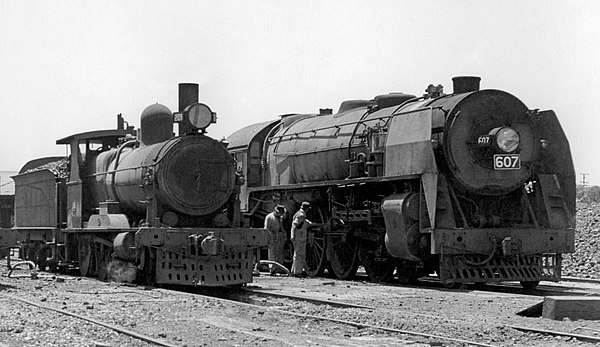
In Australia, the multiplicity of track gauges prompted locomotive builders, after the early 1920s, to provide for a potential change of gauge. Three classes of large locomotives ordered by the South Australian Railways in 1924, including the 600 class pictured here (right), were configured to permit easy conversion from 1600 mm (5 ft 3 in) broad gauge to 1435 mm (4 ft 8+1⁄2 in) standard gauge. The older Rx class locomotive next to it was incapable of being converted because its frames were too wide for standard gauge.
Track gauge
Videos
Page
In rail transport, track gauge is the distance between the two rails of a railway track. All vehicles on a rail network must have wheelsets that are compatible with the track gauge. Since many different track gauges exist worldwide, gauge differences often present a barrier to wider operation on railway networks.
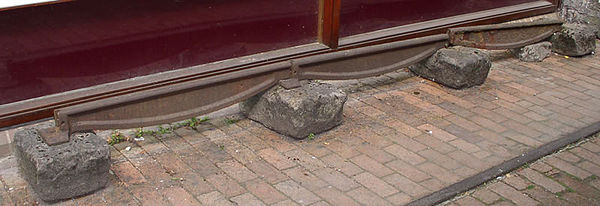
Fish-belly cast-iron rails from the Cromford and High Peak Railway
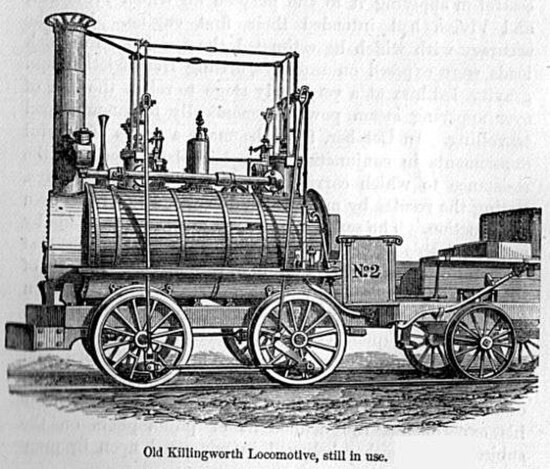
An early Stephenson locomotive
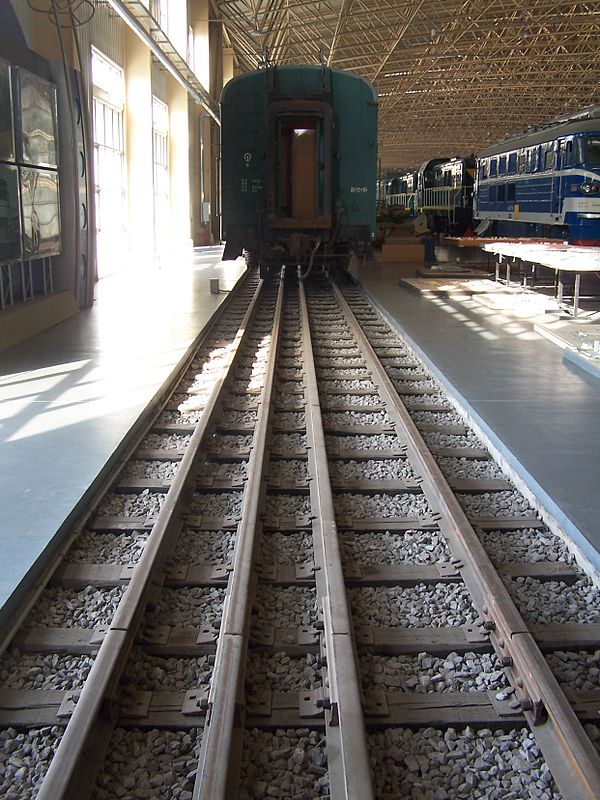
Triple gauge, from left: 1,435 mm (4 ft 8+1⁄2 in), 1,000 mm (3 ft 3+3⁄8 in), and 600 mm (1 ft 11+5⁄8 in), on display at the China Railway Museum in Beijing
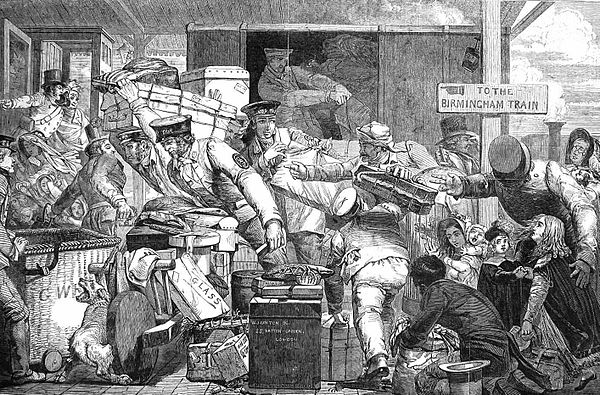
A cartoon depicting the horrors of goods transfer at the break of gauge at Gloucester in 1843